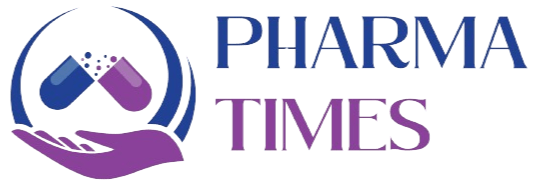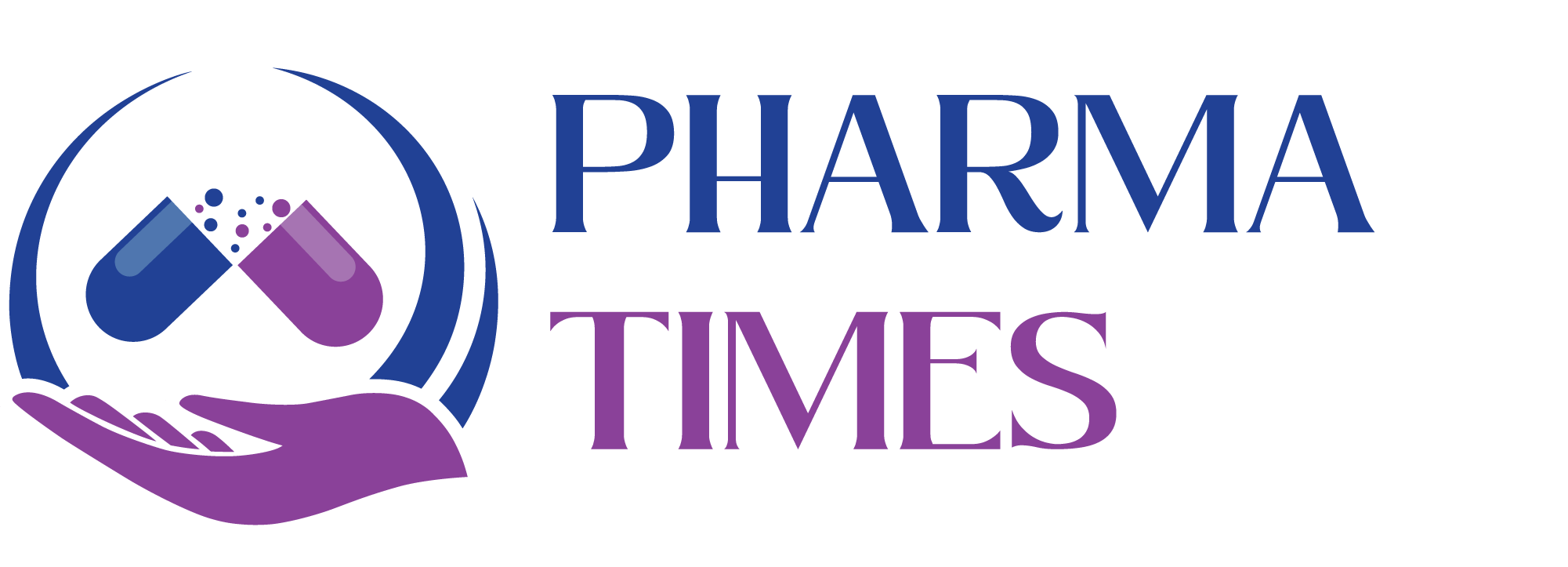SOP for Handling the Accidents .

Standard Operating Procedure (SOP)
Here’s a Standard Operating Procedure (SOP) for Handling Accidents in a workplace or industrial setting. This SOP outlines the necessary steps to follow when an accident occurs, ensuring safety, compliance, and appropriate response.
1. Purpose:
To establish a standardized procedure for responding to accidents and incidents in the workplace to ensure prompt, effective, and safe handling of the situation, while minimizing injury and damage.
2. Scope:
This SOP applies to all employees and departments within the organization in the event of any accident, injury, or emergency situation in the workplace.
3. Responsibilities:
-
Employees: Immediately report accidents and assist in emergency response if safe to do so.
-
First-Aid Responders: Administer first aid and initiate emergency protocols.
-
Supervisors/Managers: Ensure the implementation of the accident response protocol and assist with incident investigation.
-
EHS Officer: Oversee incident management, reporting, and follow-up actions.
4. Definitions:
-
Accident: Any unplanned event that results in injury, illness, or property damage.
-
Emergency Response: The actions taken immediately following an accident to minimize harm.
-
First-Aid: Immediate assistance given to an injured person until professional medical treatment is available.
5. Safety Precautions:
-
Do not put yourself at unnecessary risk when assisting with an accident.
-
Always use personal protective equipment (PPE) as required.
-
Follow emergency evacuation routes if needed.
-
Do not move an injured person unless there’s immediate danger (e.g., fire).
6. Accident Response Procedure:
6.1. Initial Response:
-
Ensure Safety: If possible, secure the area to prevent further harm.
-
If there’s an immediate risk (e.g., fire, toxic exposure), activate the alarm and evacuate the area.
-
If not, approach the injured person cautiously.
-
-
Alert Others: Call for assistance immediately (use emergency communication systems).
-
Call Emergency Services: Dial local emergency numbers (e.g., 911) to request medical assistance if the injury is serious.
-
Assess the Situation: Determine the severity of the injury and whether first aid or more advanced medical attention is required.
6.2. First Aid & Immediate Assistance:
-
Administer First Aid: If trained, provide basic first aid (e.g., CPR, wound care, bandaging).
-
Do Not Move the Injured: Unless necessary for safety (e.g., risk of fire), keep the injured person still.
-
Monitor Condition: Keep the injured individual calm and monitor their breathing and pulse until professional help arrives.
6.3. Reporting the Accident:
-
Notify Supervisor/Manager: Ensure the supervisor is informed about the accident as soon as possible.
-
Complete Accident Report: Document the details of the accident, including:
-
Date and time
-
Location
-
Names of people involved
-
Description of the incident
-
Immediate actions taken
-
Witness statements
-
-
Report to EHS Officer: Submit a formal incident report for investigation and record-keeping.
7. Post-Incident Actions:
7.1. Medical Attention:
-
Follow Up on Medical Care: Ensure the injured person receives proper medical treatment.
-
Follow Return-to-Work Protocols: Ensure a safe return to work, if applicable, following medical clearance.
7.2. Incident Investigation:
-
Identify Root Causes: The supervisor or EHS officer will investigate to determine the root cause of the accident.
-
Was it caused by unsafe behavior, lack of training, or inadequate equipment?
-
-
Document Findings: Record the findings, corrective actions, and any recommended preventive measures.
7.3. Corrective Actions:
-
Implement corrective measures to prevent future accidents. This may include:
-
Updated training
-
Equipment checks or improvements
-
Change in procedures or work practices
-
7.4. Communication & Reporting:
-
Report to Authorities: If required, report the incident to local regulatory bodies (e.g., OSHA, WorkSafe).
-
Inform All Employees: Communicate the accident details (anonymized if needed) to all employees to raise awareness of potential hazards.
8. Emergency Contact Information:
-
Emergency Services: [Local emergency number]
-
Company First-Aid Team: [Phone number]
-
Facility EHS Officer: [Phone number]
-
Nearest Hospital: [Hospital Name and Address]
9. Documentation:
-
Accident Reports: Ensure all accident reports are documented and stored.
-
Investigation Records: Maintain records of incident investigations, corrective actions, and preventive measures.
-
Employee Training Records: Keep track of safety and first aid training for all employees.
10. References:
-
OSHA Regulations (29 CFR 1910) – Occupational Safety and Health Standards
-
Emergency Response Plan
-
First Aid Manual
-
Local Emergency Response Protocols
🎓 Discover one of the best Quality Assurance courses available — click below to explore the course that’s shaping future QA skills.

